Deosai Plains: The Land of Giants
Deosai Plains: The Land of Giants
Written by: Muhammad Umer Farooq
The Sheosar Lake (the track on the left leads to Skardu)
The first time I visited Deosai, I only got a chance to travel through half of it. At 4000m above the sea level, the Land of Giants is affiliated with the supernatural in local culture and literature, and to me, the plateau does seem like paradise. I’d been longing to see it again and recently, I was lucky enough to visit for the third time within two months.
Day 1
Travelling from the town of Astore on a 4x4 jeep towards Deosai National Park, I stopped at Gorikot for a lunch of red beans (daal lobia) and thick beef gravy. After this, the ride was so peaceful that I rested back in my seat and savoured the view. A bluish-green river was flowing on my right, and I remembered how upon first seeing it, I had been reminded of the Neelum River in Azad Kashmir. Some of this water is indeed being fed by the glaciers of Kashmir. Right before entering Deosai, one crosses the army check-post at Chillim, and one route from here takes you towards Burzil Top, Minimerg, Domail and Rainbow Lake in Kashmir, while the other ascending road takes you towards the Deosai National Park. A nominal fee is charged from all those visiting Deosai, which goes towards the park management fund.
As we drove up towards the Plains, I witnessed fewer and stunted trees because of the extreme altitude. The greenery, in the form of round bushes and small conical trees, struck me as a remarkable wonder of nature. Near the track and beyond in the meadows, I could see wild flowers blooming in shades of pink, red, yellow and blue. The park management informed me that more than 300 varieties of flowers sprout up here in the short spring season, but due to lesser snowfall this year, there was comparatively lesser flora. The park management also raised concerns about the pressures on the wildlife of Deosai, because of an increase in livestock grazing.
After roughly an hour-long jeep ride, we arrived at our first stop; the stunning Sheosar Lake, which lies at an altitude of 4142 meters. Surrounded by grassy land and green mountains, it is difficult to describe the colour of this lake, which changes quickly based on the changing environs. After a fifteen minute long trek up a cliff, I was able to capture the Sheosar Lake, and the track on the left which goes all the way to Skardu, my destination for the next day. That night, however, I would be camping at Kala Pani, which was still forty-five minutes away by jeep. Away from the noise of the jeep engine, I often heard the sound of the golden marmot. Vibrant birds that I’d never seen in cities were a joy to observe. In the unforgettable moments I spent here, I watched clouds drifting from my right to the left, the sunlight creating striking shades in the lake and on the land around it.
Upon reaching the campsite, the few locals who recognized me were delighted. There was nearly an hour left before it would be dark, so I decided to climb a hill and watch the sunset. As I made my way up, I came across the burrows of golden marmots, curiously watching me and perhaps whispering to other marmots in the colony about my arrival. At the hilltop, the evening wind was chilly and around me, pink flowers were dancing in the breeze, almost glowing at this golden hour. The view was very rewarding, as I was able to see the vastness of the Deosai Plains, both before and behind me. Watching the thick golden clouds drifting in the wind was a perfect end for an exhilarating climb.
Back at the campsite, I ordered Chicken Karahi and ate it while listening to my host’s stories about brown bears.
Day 2
When I woke up in the morning, the sun had already risen from behind the mountains. Around 7 am, I stepped out of my tent to find a layer of ice on my slippers and camp, from last night’s precipitation. Before leaving for Bara Pani and Skardu, I enjoyed the view of a herd of horses that had come to drink water from Kala Pani. Kala Pani’s strange name can be attributed to the black stones found in the stream bed.
In less than an hour, my local guides drove me to Bara Pani, which was also a water stream like Kala Pani. There was a larger camping site here, and tourists could order food as well. Bara Pani is the core zone of the brown bear habitat, and bears are spotted here more often than at Kala Pani. I wistfully hoped that I would also get to see the brown bear this time, but remained unlucky.
After this, there was a drastic change in the landscape because the mountains in Skardu are more barren, and landslides are more common on this side of Deosai than on the Astore side. In another hour’s time from Bara Pani, I was at the check-post leading towards Skardu, and the journey ahead consisted of some dangerous twists and turns. Nevertheless, I personally prefer the landscape between Bara Pani and the Skardu check-post, because the mountains are steeper and therefore, more majestic.
As we drove further away, I realized that I can now claim to have seen the entire Deosai Plateau, and yet I felt as if the Land of Giants would call me back soon. After all, I still have to see the brown bears, and I’m sure the plains will keep surprising me with their hidden wonders. Since going off track is not allowed in order to protect the wildlife, perhaps one day I can ride a horse in this wilderness and explore the lands beyond.


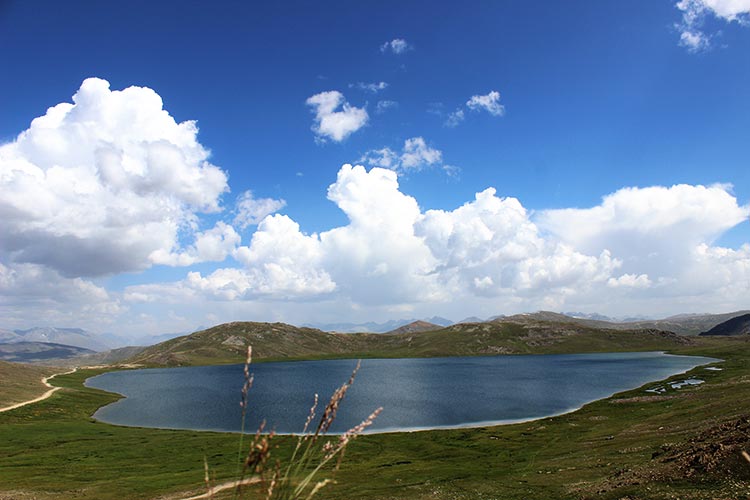
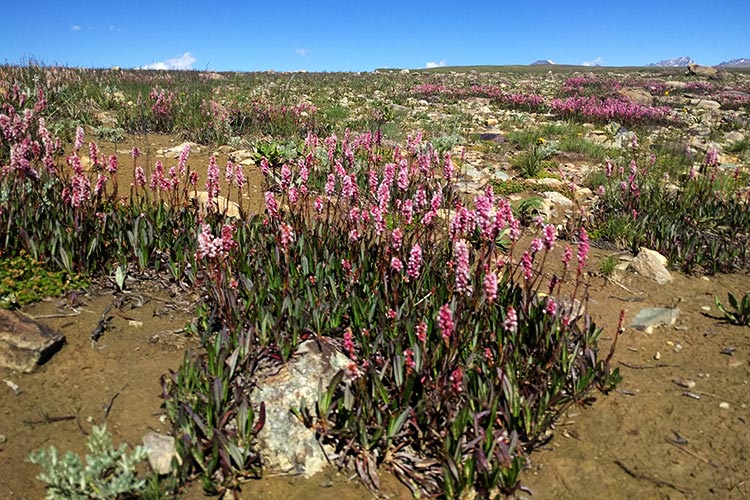
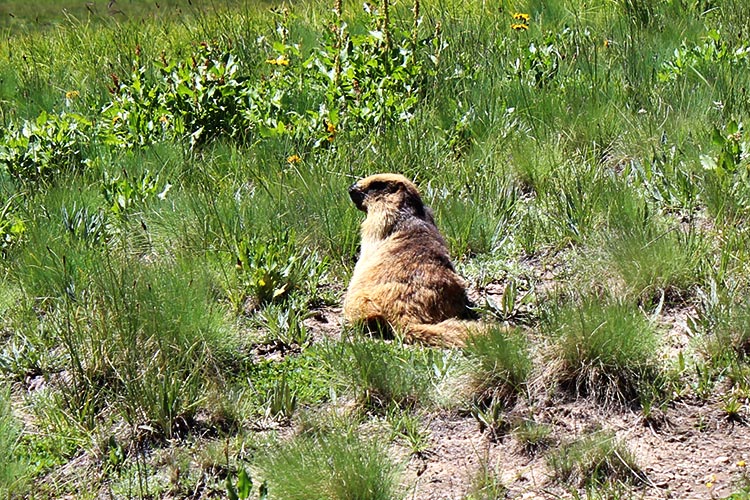
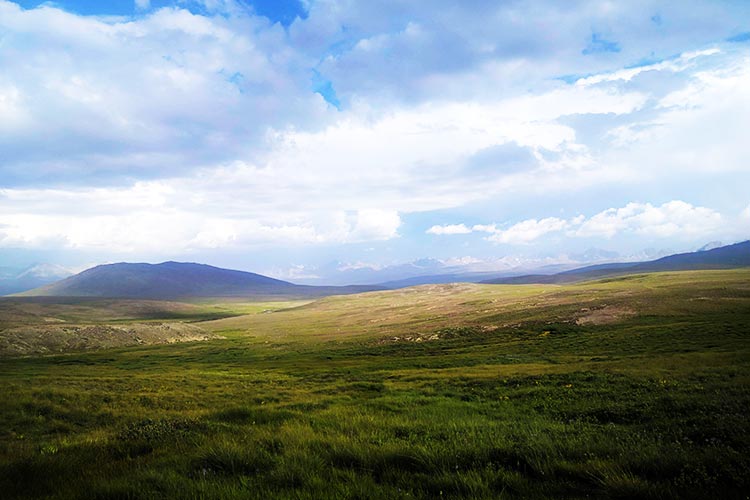
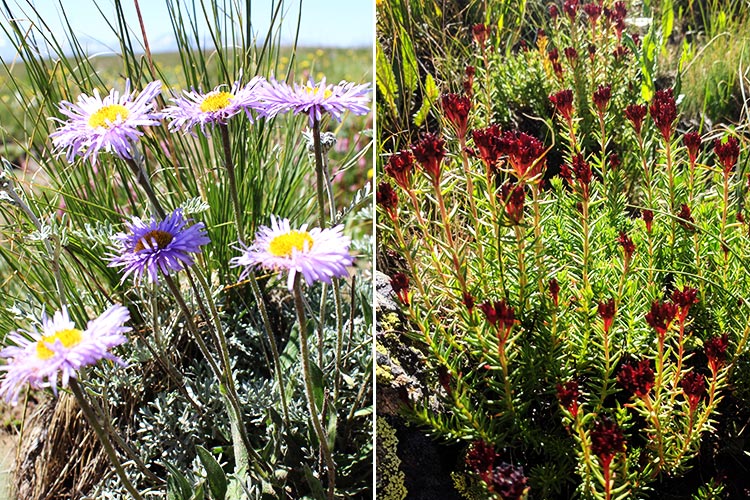






0 comments: